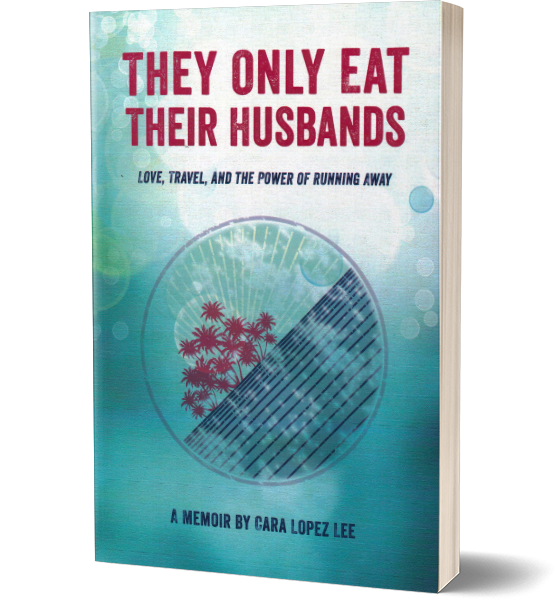April 8, 2008
After two weeks in China’s Guangdong Province, I saw my first day of unequivocal sunshine on April 6th in Guangzhou. It turns out the old Chinese saying about this festival season was wrong: sometimes it does not rain at Qing Ming. But Fiona Zhu told me about another adage: if it rains at Qing Ming, it will be a rainy spring, and if it doesn’t rain at Qing Ming, it will be a sunny spring. In turn, I tried to explain Groundhog Day to her. “What is a groundhog?” she asked.
By the time I was done describing a groundhog, I’m sure Zhu Zhu pictured either a cute rat or giant hamster. She seemed amused by the idea of this animal’s shadow being so important in determining the arrival of spring. She asked if groundhogs slept all winter – she didn’t know the word hibernation. In short, the answer is yes.
Anyway, I commented on how beautiful the day was, and so did Zhu Zhu, though I think she was amused by the American propensity for verbally marveling over sunny days, something Chinese people rarely do.

Today’s Beijing Lu was once a road frequented by government officials in ancient China.
For our last day, I’d asked to visit a museum. We walked there, taking a detour up Beijing Lu, an outdoor pedestrian shopping mall that’s much shorter than Shang Xia Jiu, but also popular. In ancient China, it was a road frequented by government officials. Today, in the midst of the mall, covered in scratched, cloudy plastic, sit several layers of an archaeological dig revealing the old city gates. Rather, they’re the ruins of several gates from several dynasties, including the Ming and Song Dynasties. A three-foot-tall foundation stone that held up one of those gates now stands near an intersection where massive billboards advertise such modern products as makeup by Maybelline®.

A three-foot-tall foundation stone for the ancient city gates now stands near an intersection where massive billboards advertise modern products.
We bought ice cream cones nearby, and then walked on to the Guangdong Provincial Museum. There, I hoped to learn more about the area’s history, but this museum was filled with anthropological objects without much explanation of their historical context. I shrugged and made the best of it.
We saw beautiful wood carvings made by local artisans, from hundreds of years ago to just a few decades ago. The intricate carvings covered furniture, shrines, folding screens, sedan chairs, and purely decorative objects. They were coated in black lacquer and then the main scenes were painted or covered in gold foil. The details included farmers harvesting, women weaving, and legendary battles. We frequently saw depictions of the Qilin, a mythical beast that has been depicted in many ways through the ages, but which often has the head of a dragon, the scales of a fish, the hooves of an ox, and the tail of a lion. The Qilin traditionally protects the innocent and punishes the wicked.
In another section of the museum, pottery, farm implements, and artwork revealed how little China’s rural life has changed over the centuries. For thousands of years the Chinese have been eating rice and pork, wearing conical hats in the fields to protect them from the sun, hitching oxen to plows, writing calligraphy, burning incense, paying respect to the ancestors, and drinking tea. My favorite ancient object was a teapot with a top shaped like a bird and a handle shaped like a leaping tiger.

This was the New China: clean, bright, towering, young, hip. Computer City is in the Tienhu district of Guangzhou.
In the afternoon, we took a bus to Guangzhou’s “New City,” a district called Tianhe. What a contrast to the dilapidated, sometimes smelly buildings in the traditional heart of town! This was the New China: clean, bright, towering, young, hip. Young Chinese teamed through the electronics stores in a section known as Computer City. We passed through a lineup of multiple indoor malls, where gleaming escalators climbed through stores stacked like layer cakes. “More shopping! It’s almost overwhelming,” I kept saying, an understatement of my wonder and dismay. Some 10 million people live in Guangzhou, and it appears 5 million of them are shopping at any given moment, most of them under 40.

We passed through a lineup of multiple indoor malls, where gleaming escalators climbed through stores stacked like layer cakes.
I breathed a happy sigh when we left the malls for the massive outdoor courtyard of the Tianhe Sports Center, where the warm, breezy day had lured dozens of families out for a Sunday afternoon of kite flying. The Chinese invented the first kites some 3000 years ago. Colorful kites, including such shapes as a fish, a butterfly, and a jet, soared and dipped against a blue sky where distant towers of glass and steel glinted in the afternoon light.

In the middle distance stood the tallest building in Guangzhou, the 80-story CITIC Plaza.
In the middle distance stood the tallest building in Guangzhou, the 80-story CITIC Plaza. The tiny triangles, diamonds and boxes of color that bobbed in the sky before the tower seemed like some strange offering at the great altar of commerce: “Build our great economy, and make us mighty so we may continue to play every Sunday in this small plot of concrete where nature has been banished, but where families with “one child only” continue to thrive and multiply, creating more people to work in your factories or to buy and sell the things you make there.” Yet it was a pretty sight, and the tiny children, unsure of which direction to run to make their kites fly, made both of us laugh.


The tiny children, unsure of which direction to run to make their kites fly, made both of us laugh.
We took the underground metro back to the old city. Sitting on board that train, I realized I was in one of the few places in Guangzhou where I wasn’t within 15 seconds of an opportunity to buy something. That, I believe, captures the history of this city once known as Canton.
Once, British and other European ships called at this city’s river port, seeking silk, porcelain, and tea. Now Guangzhou ships out cheap manufactured goods of all sorts, coveted throughout the West. If you buy something that says “Made in China” it was quite likely made in Guangzhou. And if you follow that label to its source, you may well wonder when this land where the sun rises just might eclipse the hegemonic empire of America.
But one thing that will always remain American-made is the the groundhog. Nothing can eclipse Punxutawney Phil, not even a long winter, not even China.




